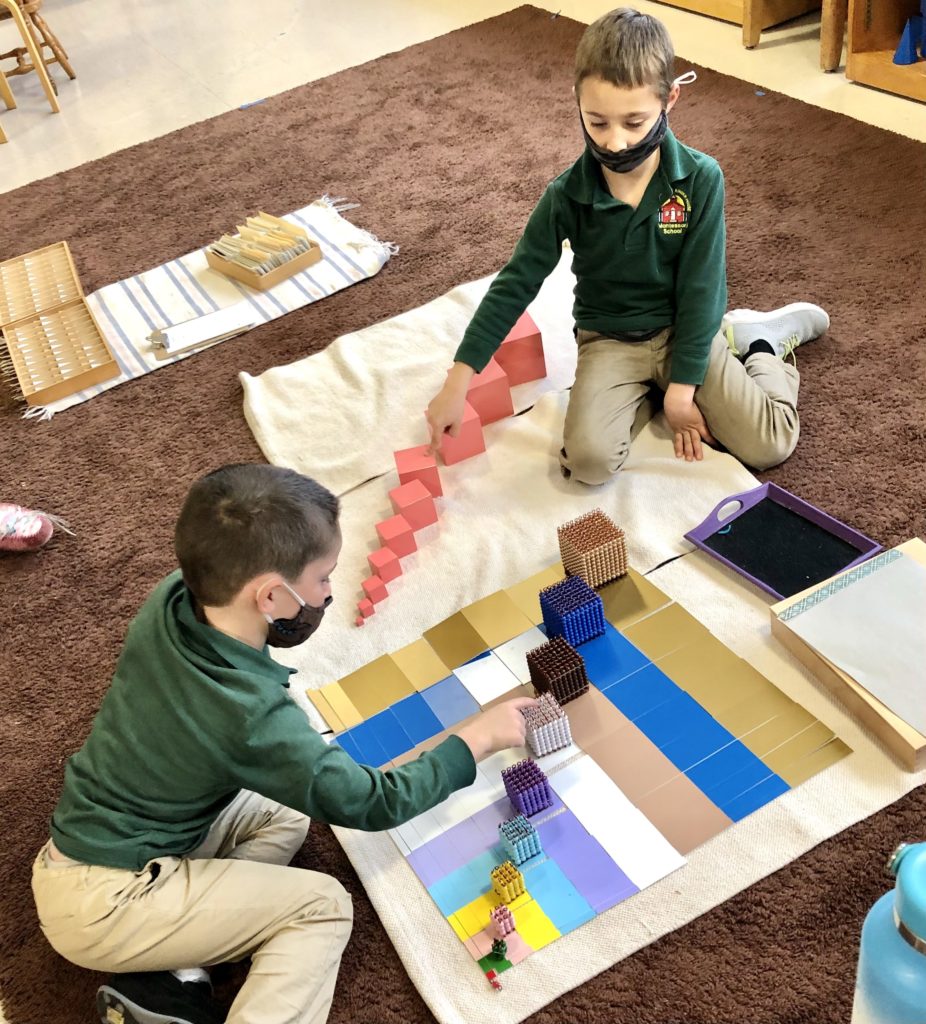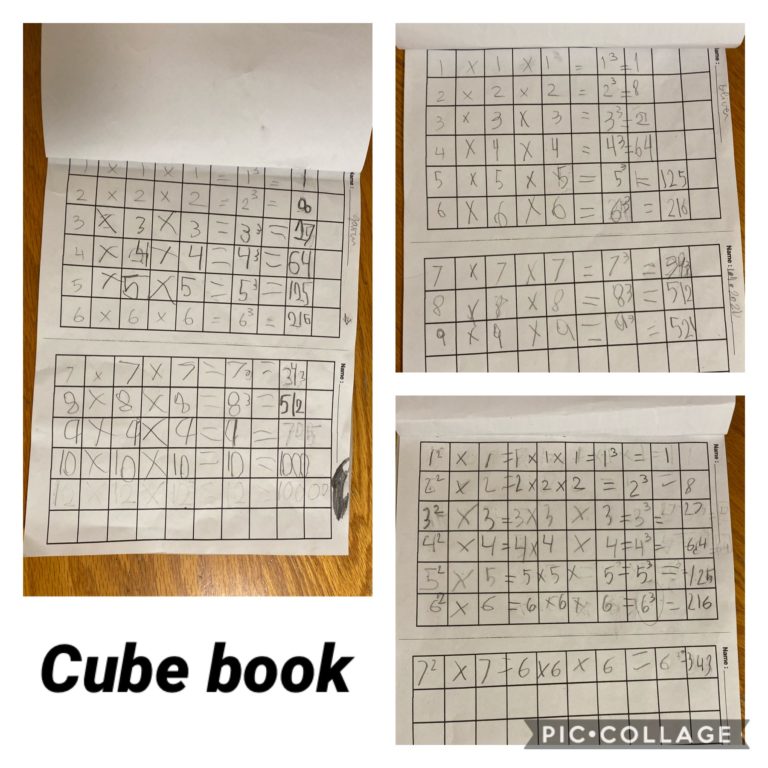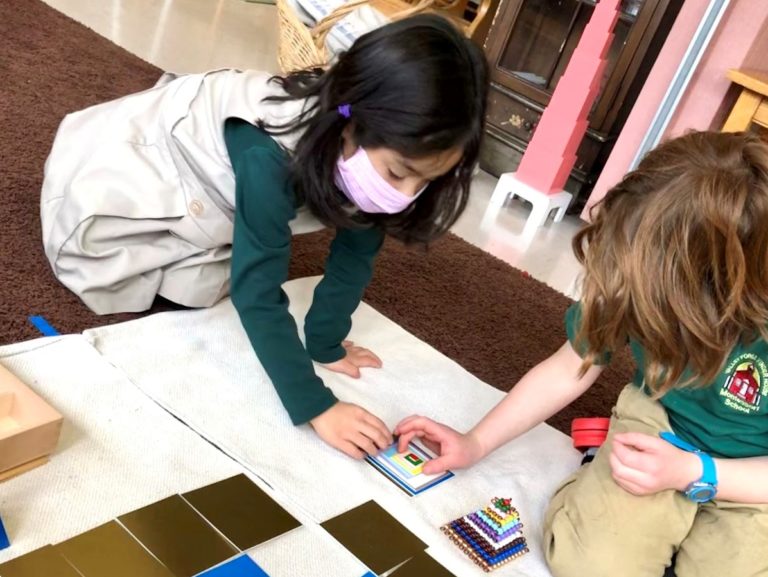How is it possible that Montessori Primary children see and understand how to format a square and a cube? Or build a pyramid by lining up the 10 square to 1 square? Or build a tower by lining up the 10 cube to 1 cube?
Dr. Maria Montessori believed that humans were born with natural urges called Human Tendencies for order, orientation, exploration, communication, work and concentration, movement, exactness, repetition, calculation, abstraction and self-perfection.
“In our work, therefore, we have given a name to this part of the mind which is built up by EXACTITUDE, we call it the mathematical mind.”
– Dr. Maria Montessori, the Absorbent Mind
Elements of Math

Dr. Montessori understood the most important element of math is Exactitude which links to the sensitive period of the refinement of senses, a period from birth to 5 years when the child centers his or her attention on the refinement of senses.
She saw the strong connection between the mathematical mind, human tendencies, and the sensitive period of the refinement of senses.
Therefore, Dr. Montessori created sensorial approaches in all of her materials to help children abstract math.

Montessori materials and environment give children concrete experiences that involve dimension, sequence/order, pattern, exactness, repetition, calculation, and abstraction to support the mathematical mind.
The Cube book is an example.
One of the ways you can help your children develop a sense of order from home is by establishing a daily routine that works for your family. Children will take comfort and a sense of security when they know exactly what to expect. Let’s challenge ourselves to reflect upon and make one adjustment to the family daily routine in supporting your child’s sense of order and mathematical mind.
